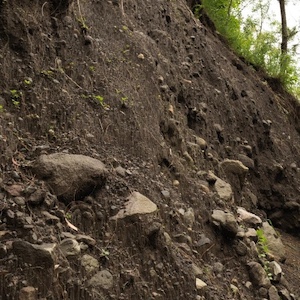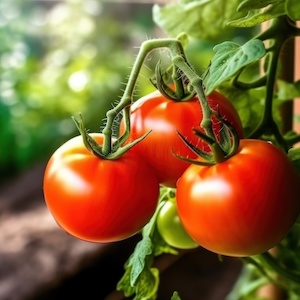Raw earth-based building materials: An investigation on mechanical properties of Floridia soil-based adobes

All claims expressed in this article are solely those of the authors and do not necessarily represent those of their affiliated organizations, or those of the publisher, the editors and the reviewers. Any product that may be evaluated in this article or claim that may be made by its manufacturer is not guaranteed or endorsed by the publisher.
Authors
Raw earth, like wood and stone, is one of the oldest building materials used across the world. Nowadays, given the growing role of circular economy, researchers are ever more interested in raw earth-based building materials, because they are widely available and environmentally friendly. The use of this traditional material has positive environmental consequences, especially in traditional rural building reuse and in rural landscape preservation. In fact, raw earth is locally available and totally recyclable and, thanks to its perfect integration into the landscape, it improves site visual perception. Additives and/or chemical stabilizer agents (i.e., Portland cement) are often used in the production of raw earthbased building components in order to increase their mechanical performance and durability. This production process reduces the environmental sustainability of the base material and causes a relevant increase on the embodied energy (i.e., the total energy required for the extraction, processing, manufacturing, and delivery of building components). This research work aimed at investigating how to improve the mix-design of earth-based building materials in order to increase their mechanical properties without any addition of chemical agents. A physical stabilization was performed on an original texture soil by adding various particle sizes. Mechanical tests were carried out on five different soil mixes by changing soil composition, aggregates, and water. Specimens made with mix-design 5 offered the best results in terms of flexural and compressive strength values which were 1.65 MPa and 6.74 MPa, respectively. Mix 3 obtained the lowest linear shrinkage rate (6.04%). Since raw earth-based materials are highly sensitive to soil composition and aggregates, this study attempted to obtain a repeatable process to produce semi-industrial adobes by optimizing and controlling various natural materials (i.e., soils, aggregates, and water).
How to Cite

This work is licensed under a Creative Commons Attribution-NonCommercial 4.0 International License.














